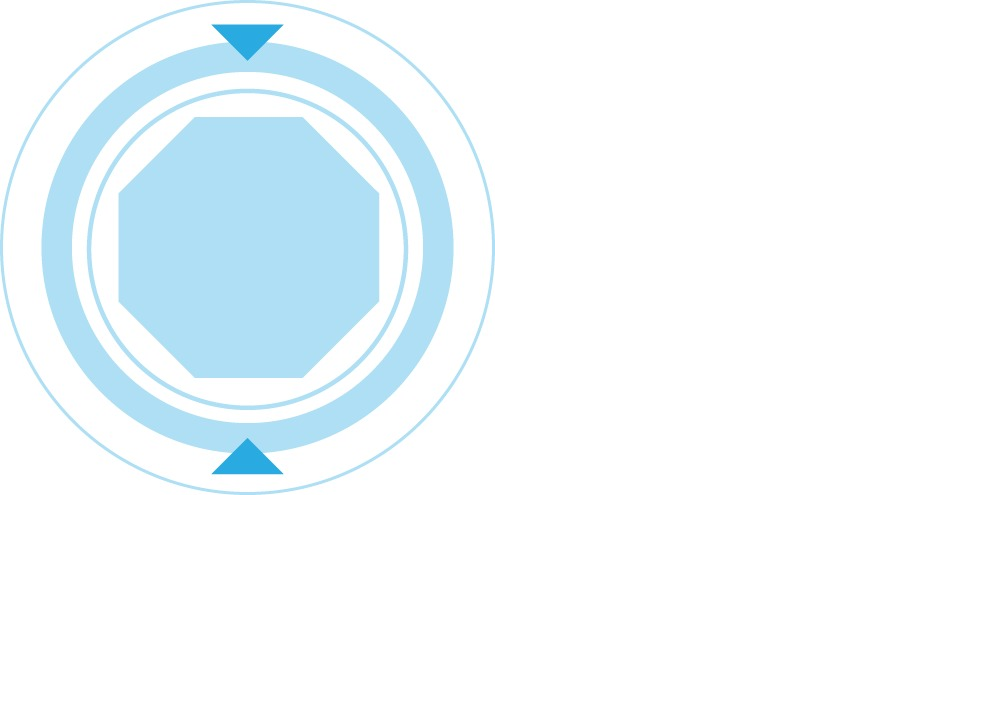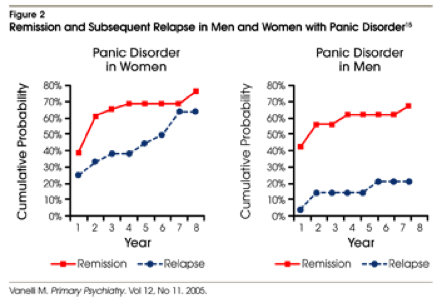Sleep Disorder On Flowvella

What is a Sleep Disorder? Sleep disorders are deviations from routine, typical sleep patterns that affect both sleep quality and sleep quantity. Dozens of sleep disorders exist, some common and others rare.

There is a collection of core symptoms that apply to many sleep disorders. They include:.
Waking often during the night. Waking feeling tired. Not sleeping enough. Sleeping too much.
Sleeping at the “wrong” times. Daytime tiredness and fatigue that is pronounced and interferes with daily activities. Mood swings. Troubles with focus, attention, memory.
The presence of any of these symptoms consistently for several weeks or months is reason to seek out medical consultation and treatment with a sleep-knowledgeable physician or sleep specialist. If you think you may suffer from a sleep disorder, you’re not alone. At least 50-70 million American adults have some form of sleep disorder. Many of them are undiagnosed, and not getting the help they need. Treatments can relieve symptoms and return you to a routine of healthy sleep. Untreated, sleep disorders disrupt sleep, cause an array of problems for daytime functioning and performance, and put you at greater risk for serious and chronic health problems. Let’s take a closer look at a few sleep disorders.
Sleep Disorder On Flowvella Download
Insomnia Symptoms of affect most of us at some point in our lives. The basic symptoms of insomnia are:. Difficulty falling asleep. Trouble staying asleep—waking often throughout the night. Waking very early in the morning. Waking feeling tired and unrefreshed by sleep The occasional presence of one or more of these symptoms is commonplace, and not indicative of insomnia disorder.
It’s when symptoms of insomnia are present frequently and consistently that insomnia sleep disorder may be an issue. There are two basic types of insomnia: acute and chronic.
Acute insomnia lasts for a relatively short period of time, as long as several weeks. This form of insomnia is often the response to changes or disruptions in daily life: a new job, a death of a loved one, a move, or a period of frequent travel. Insomnia is considered chronic when symptoms are present several nights a week for three months or longer. Chronic insomnia can be the result of another medical condition or a side effect of medication.
It can also occur on its own, apart from any other health problem. Chronic insomnia may be related to stress, or to a lack of sleep hygiene.
Without treatment, insomnia can interfere with daily functioning and increase risks for a number of health problems, including obesity, diabetes, high blood pressure, and depression. Treatment for insomnia varies, depending on its type and underlying causes. Cognitive behavioral therapy for insomnia is an effective, non-drug treatment option. Lifestyle changes, stress management, and improvements to sleep hygiene also work to treat insomnia. In some cases, sleep medication is used to treat insomnia. Medication, when necessary is most effectively used as a short-term strategy, with other, non-drug therapies used over the long term.
Sleep Apnea is a condition of sleep-disordered breathing, and a serious sleep disorder. Sleep apnea occurs when the airway becomes partially or fully obstructed during sleep. This leads to diminished breathing or to full interruptions of breath.
These periods of compromised breathing temporarily reduce the flow of oxygen to the blood and disrupt the normal progression of sleep, causing shallow, fragmented, and unrefreshing sleep. Sleep apnea symptoms include:. Snoring, sometimes loud and with snorting, choking, and gasping sounds. Excessive daytime tiredness. Problems with concentration.
Irritability or other mood issues Sleep apnea is most often treated with continuous positive airway pressure, CPAP. This device, worn at night, pushes a steady stream of air through the airway, keeping it open and unobstructed, and allowing for normal, restful sleep and breathing. Other treatments include oral appliances, lifestyle and behavior modifications, including changes to sleeping position to relieve pressure on the airway. Without treatment, sleep apnea can pose serious health problems, raising risks for cardiovascular disease, obesity, and diabetes.

Narcolepsy involves significant disruptions to normal sleep patterns and sleep-wake cycles, the 24-hour biological rhythms that regulate sleep and wakefulness. Narcolepsy is a neurological disorder that results in persistent, sometimes debilitating effects on sleep and daily life. People with narcolepsy frequently feel very sleepy and fatigued during the day, and they have difficulty sleeping well at night.
They may also have difficulty controlling their sleep at times. The major symptoms of narcolepsy include:. Excessive daytime tiredness. Sudden onset of sleep, also known as sleep attacks. Sleep paralysis.
Hallucinations while falling asleep or waking up Many people with narcolepsy also have a condition known as cataplexy. Cataplexy is a sudden loss of muscle tone and control that results in temporary impairment or paralysis.
Episodes of cataplexy are triggered by emotions, both positive and negative: laughter, excitement, fear, stress, anger can all bring about cataplexy. Not everyone who has narcolepsy also has cataplexy. Narcolepsy often first appears during adolescence or young adulthood, but may also develop later in life. Approximately 1 in 2000 men and women in the U.S. Suffer from this sleep disorder. Narcolepsy is usually treated with medication and lifestyle modifications. Sleep Paralysis is a frightening, disorienting sleep experience.
When sleep paralysis occurs, you wake from sleep to find you can’t move or speak. Sleep paralysis is a symptom associated with several other sleep disorders, including narcolepsy, sleep apnea, and REM sleep behavior disorder. It also can occur as a result of sleep deprivation or as a side effect of medication. Sleep paralysis is one type of parasomnia, a collection of sleep disorders that involve atypical, disruptive, unwanted behaviors that occur during sleep, or immediately before or after sleep. Other parasomnias include sleepwalking, sleep terrors, and sleep hallucinations. Sleep paralysis happens when you wake from sleep while still in REM sleep.
In REM, the body is largely paralyzed, a temporary condition called REM atonia. This temporary paralysis helps to keep you from reacting physically to the vivid dreams that frequently occur during REM sleep. When you wake while still in a REM sleep phase, rather than after having transitioned to a lighter stage of non-REM sleep, the body can still be in its state of paralysis. After waking, sleep paralysis typically lasts anywhere from a few seconds to a minute or two. To learn more about how to improve your sleep, download my free ebooks, 10 Things Great Sleepers Do or 3 Sleep Challenges Women Face.
Overview Rapid eye movement (REM) sleep behavior disorder is a sleep disorder in which you physically act out vivid, often unpleasant dreams with vocal sounds and sudden, often violent arm and leg movements during REM sleep — sometimes called dream-enacting behavior. You normally don't move during REM sleep, a normal stage of sleep that occurs many times during the night. About 20 percent of your sleep is spent in REM sleep, the usual time for dreaming, which occurs primarily during the second half of the night.
Symptoms With REM sleep behavior disorder, instead of experiencing the normal temporary paralysis of your arms and legs (atonia) during REM sleep, you physically act out your dreams. The onset can be gradual or sudden, and episodes may occur occasionally or several times a night. The disorder often worsens with time.
Symptoms of REM sleep behavior disorder may include:. Movement, such as kicking, punching, arm flailing or jumping from bed, in response to action-filled or violent dreams, such as being chased or defending yourself from an attack. Noises, such as talking, laughing, shouting, emotional outcries or even cursing. Being able to recall the dream if you awaken during the episode When to see a doctor If you have any of the symptoms above or are experiencing other problems sleeping, talk to your doctor. Causes Nerve pathways in the brain that prevent muscles from moving are active during normal REM or dreaming sleep, resulting in temporary paralysis of your body.
In REM sleep behavior disorder, these pathways no longer work and you may physically act out your dreams. Rapid eye movement sleep behavior disorder. In: Diagnostic and Statistical Manual of Mental Disorders DSM-5. Arlington, Va.: American Psychiatric Association; 2013. Accessed March 24, 2017.
REM sleep behavior disorder. In: International Classification of Sleep Disorders. Darien, Ill.: American Academy of Sleep Medicine; 2014. Accessed March 24, 2017. AskMayoExpert. REM sleep behavior disorder. Rochester, Minn.: Mayo Foundation for Medical Education and Research; 2016.
Allscripts EPSi. Mayo Clinic, Rochester, Minn. Aurora RN, et al. Best practice guide for the treatment of REM sleep behavior disorder (RBD). Journal of Clinical Sleep Medicine. Howell M, et al.
Rapid eye movement sleep behavior disorder. Accessed March 24, 2017. McGrane IR, et al. Melatonin therapy for REM sleep behavior disorder: A critical review of evidence.
Sleep Medicine. Sleep: A dynamic activity. National Institute of Neurological Disorders and Stroke. Accessed March 24, 2017. In-lab sleep study. American Academy of Sleep Medicine.
Accessed March 24, 2017. Postuma RB, et al. Neurodegeneration in REM sleep behavior disorder: Stratification keeps improving. Accessed March 24, 2017.
Olson EJ (expert opinion). Mayo Clinic, Rochester, Minn. April 10, 2017.